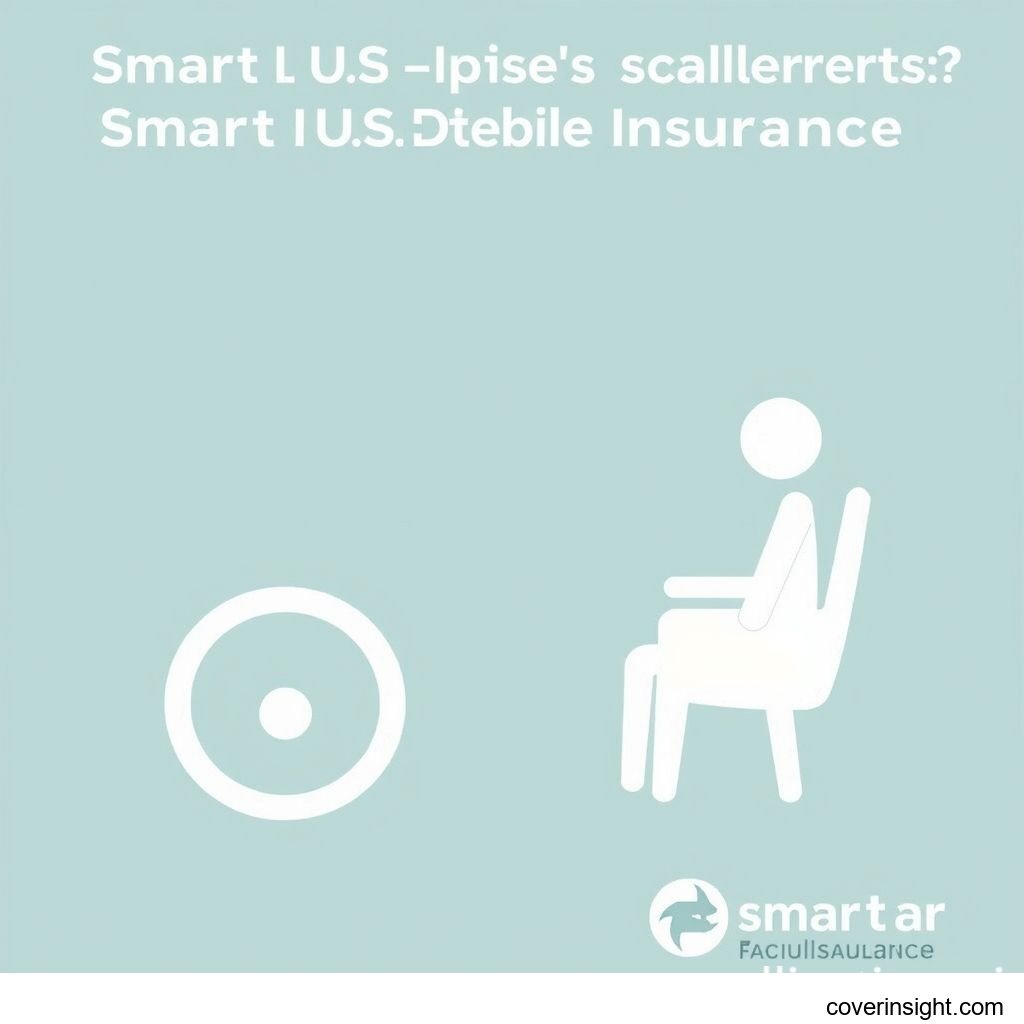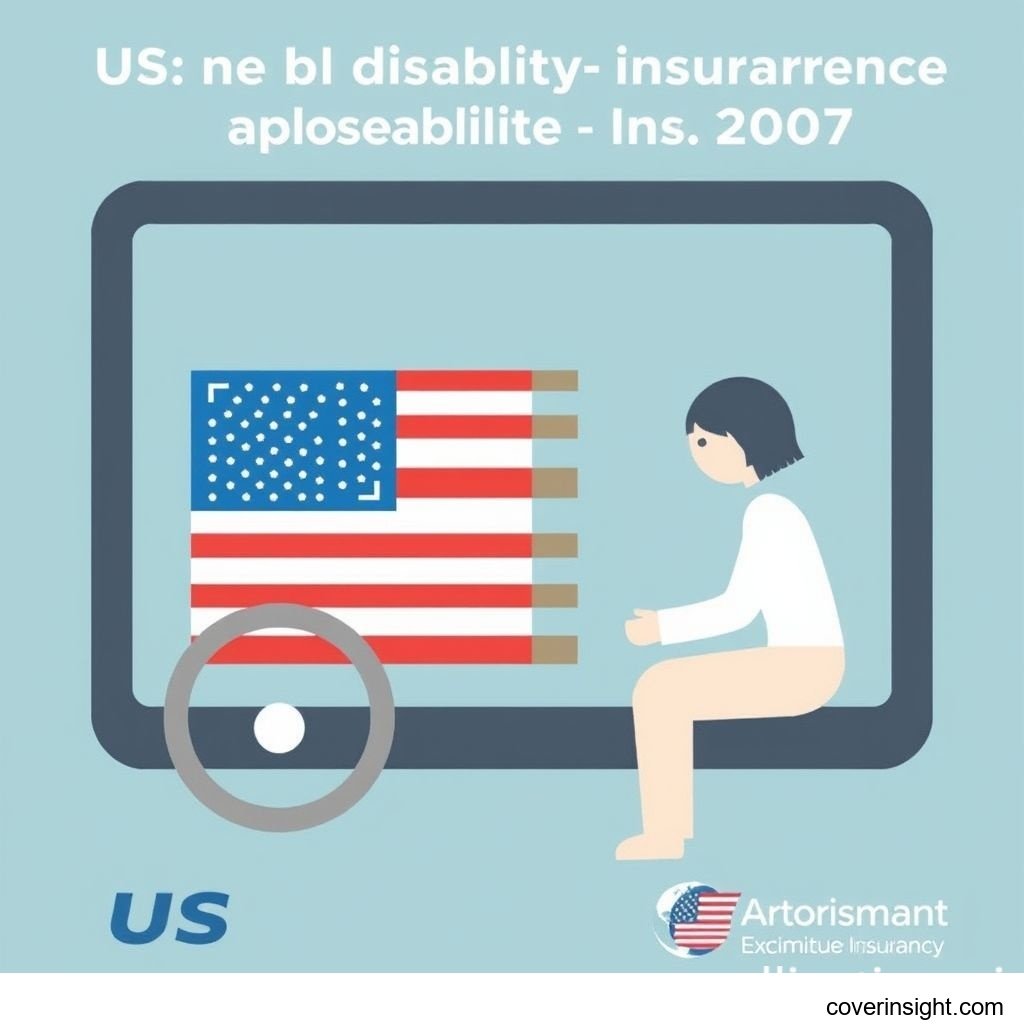Smart US Disability Insurance: Do You Need It in 2025?
Introduction
Navigating the complexities of personal finance in the United States requires foresight, and anticipating potential income disruptions is paramount. In 2025, as economic landscapes shift and personal health remains unpredictable, understanding disability insurance is more critical than ever. Many people underestimate their risk of becoming disabled, often relying solely on a vague hope or an employer's basic offering. This article aims to demystify disability insurance, helping you determine if it's a vital component of your financial safety net by exploring its features, costs, and the practical utility of a disability insurance calculator to assess your specific needs.
Coverage Details
Understanding what disability insurance covers, and perhaps more importantly, what it doesn't, is the first step toward smart protection.
What’s Included
Typically, disability insurance provides a regular income stream if you become unable to work due to illness or injury. Policies are generally categorized into short-term disability (STD) and long-term disability (LTD). STD usually covers a portion of your income for a few months, while LTD can extend benefits for years, often until retirement age, depending on the policy terms. The benefits are designed to replace a significant percentage of your pre-disability income – often 60% to 80% – helping you cover living expenses, mortgage payments, and other financial obligations. Policies may define "disability" as "own occupation" (unable to perform your specific job) or "any occupation" (unable to perform any job you are qualified for), with "own occupation" offering more robust protection but usually at a higher premium.
Common Exclusions
While disability insurance offers a crucial safety net, it's not a silver bullet. Common exclusions often include disabilities resulting from self-inflicted injuries, acts of war, committing a felony, or injuries sustained while intoxicated or under the influence of illegal drugs. Pre-existing conditions might also be excluded for a specific period (e.g., 12-24 months) after the policy takes effect, meaning if you have a condition and become disabled by it during this period, you may not receive benefits. It's also worth noting that purely cosmetic procedures or elective surgeries typically aren't covered if they don't result in an actual disability preventing work.
Cost Analysis
The cost of disability insurance is a common concern, but understanding the factors that influence premiums can help you make an informed decision and potentially find ways to save.
Price Factors
Several elements play a role in determining how much you'll pay for disability insurance. Your age is a significant factor; generally, the younger and healthier you are when you apply, the lower your premiums will be. Your occupation also weighs heavily – high-risk professions (e.g., construction workers, pilots) typically face higher rates than lower-risk office jobs. The benefit amount you choose, the length of the benefit period (how long you'll receive payments), and the elimination period (the waiting period before benefits kick in, usually 30, 60, or 90 days) all impact the cost. A longer elimination period, for instance, means lower premiums. Your health status, including medical history and lifestyle choices like smoking, will also be thoroughly assessed by insurers.
Saving Tips
Looking to keep costs down without sacrificing essential coverage? Consider increasing your elimination period if you have a robust emergency fund that can cover several months of expenses. Opting for a lower percentage of income replacement (e.g., 60% instead of 80%) can also reduce premiums, provided it still meets your financial needs. Bundling policies with your current insurer or exploring group disability options through your employer (which are often subsidized) can be cost-effective. Sometimes, a hybrid approach of employer-provided basic coverage supplemented with a private policy is the smartest route. For a broader understanding of various insurance products, check out our Insurance Resources Global.
FAQs
How much does disability insurance calculator cost?
A disability insurance calculator itself doesn't cost anything; it's a free online tool provided by insurers or financial websites to help you estimate your potential coverage needs and get a rough idea of premium costs based on your inputs.
What affects premiums?
Premiums are primarily affected by your age, health, occupation, the benefit amount and period, and the elimination period. Your lifestyle choices, like smoking, also play a role.
Is it mandatory?
No, private disability insurance is not mandatory in the US, unlike auto insurance in most states. However, some employers might require you to participate in their group plans.
How to choose?
Choosing the right policy involves assessing your financial needs, understanding your employer's offerings, comparing "own occupation" versus "any occupation" definitions, and evaluating elimination and benefit periods. It's often wise to consult with a financial advisor or insurance broker. Or, for more US-specific guidance, visit US Insurance Home.
Consequences of no coverage?
Without disability coverage, a sudden illness or injury could lead to severe financial hardship, depletion of savings, debt accumulation, and potentially loss of assets like your home. Did you know that according to the Council for Disability Awareness, over one in four of today's 20-year-olds will become disabled before reaching retirement age? That's a sobering thought. The Social Security Administration, for instance, reports that a significant portion of long-term disabilities are due to illnesses, not just accidents, making it a risk for everyone. Consider Sarah, a 35-year-old marketing manager in Atlanta. She always thought disability was for others until a sudden, debilitating illness left her unable to work for six months. Without her private disability insurance, her family would have faced severe financial hardship, as her savings alone wouldn't have cut it. The peace of mind it offers is truly invaluable.
The National Association of Insurance Commissioners offers valuable consumer guides on understanding different policy types. You can also explore options and information on public programs through resources like Healthcare.gov. For state-specific regulations and consumer assistance, contacting your State Insurance Departments is always a smart move.
Author Insight: Based on my experience discussing personal finance with countless individuals across the US, a common blind spot I've observed is the "it won't happen to me" mentality when it comes to disability. It’s easy to dismiss the risk until you or someone close to you experiences a sudden health crisis or accident that renders them unable to work. I’ve seen firsthand how a well-structured disability policy has literally been a lifesaver, preventing families from losing everything. It's not about being pessimistic; it's about being pragmatic and ensuring that if life throws you a curveball, your financial future isn't knocked out of the park. It truly is a foundation for financial resilience, something every working American should seriously consider.
Further reading: Insurance Resources Global
Further reading: US Insurance Home








Comments